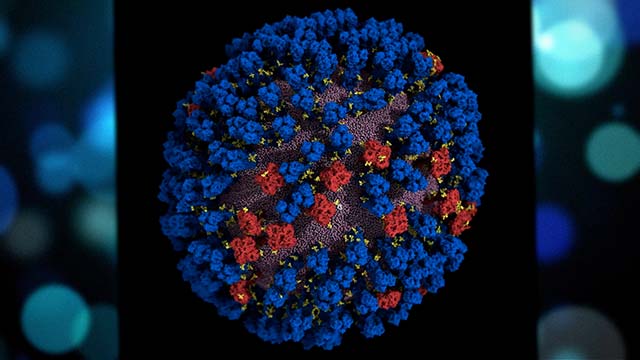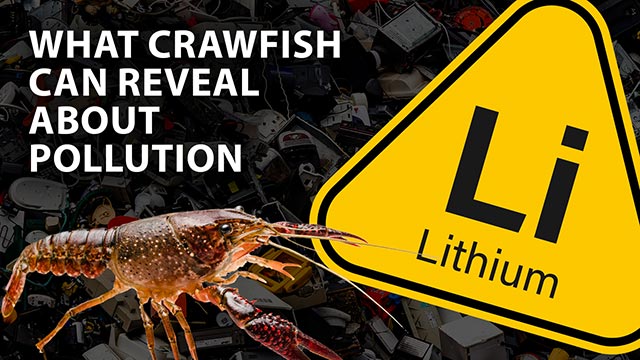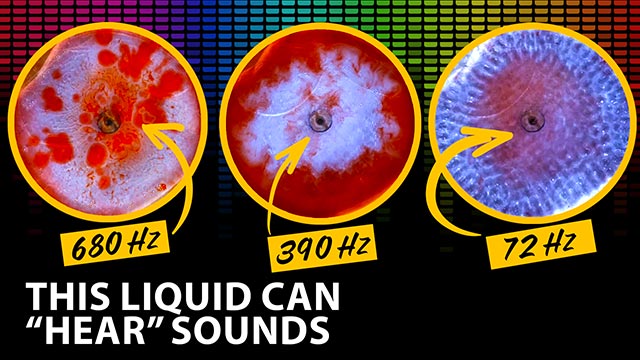Aloe vera is farmed in huge quantities around the world as an ingredient for cosmetic and medicinal products. But after the gel is harvested from inside the leaf, the leftover peels are often thrown away, potentially adding up to millions of tons of waste every year. Researchers wondered if the peels could instead be recycled to make a natural insecticide, so they extracted, purified and analyzed chemicals from the peels. They’ve identified at least six chemicals in the rinds that have insecticidal properties, and they are looking for more. The research is being presented at ACS Fall 2023, a meeting of the American Chemical Society.
Watch an interview with the researchers.
To read an ACS press release about this research: Discarded aloe peels could be a sustainable, natural insecticide
Source Article
“Treasures from trash: Aloe vera peels as a sustainable resource for natural pesticides”
Presentation at ACS Fall 2023 on Aug. 15, 2023
Presenter/Principal Investigator: Debasish Bandyopadhyay, Ph.D.
Transcript
Narrator: Scientists are taking the leftovers from aloe production and turning them into useful chemicals. Aloe vera is farmed in huge quantities around the world as an ingredient for cosmetic and medicinal products. The leaves contain a gel that is commonly used to soothe and moisturize skin. But aloe farming can also generate a lot of waste.
Debasish Bandyopadhyay: After collecting this gel, the rind or peels are thrown away as agricultural waste. So just imagine how many millions of metric tons of aloe vera peels are produced as agricultural waste every year.
Narrator: So researchers wanted to find a way to make something useful from the leftover rinds. When they visited a local nursery, they noticed that insects tend to avoid attacking aloe plants. And they wondered if the peels could be recycled to make a natural insecticide. So they extracted, purified and analyzed chemicals from the peels. They’ve identified at least six chemicals in the rinds that have insecticidal properties and are looking for more.
Bandyopadhyay: We identified subenniatin B, octacosane, dinoterb, arjungenin, nonadecanone and quillaic acid as potential insecticidal compounds. So, the aloe vera rind, which is agricultural waste, can be a sustainable source of natural insecticides.
Narrator: Next, the researchers will test the insecticidal extracts in real-world settings to see how well they defend against pests.
The research is being presented at ACS Fall 2023, a meeting of the American Chemical Society.
To embed this video, please visit YouTube and use the Share function.








